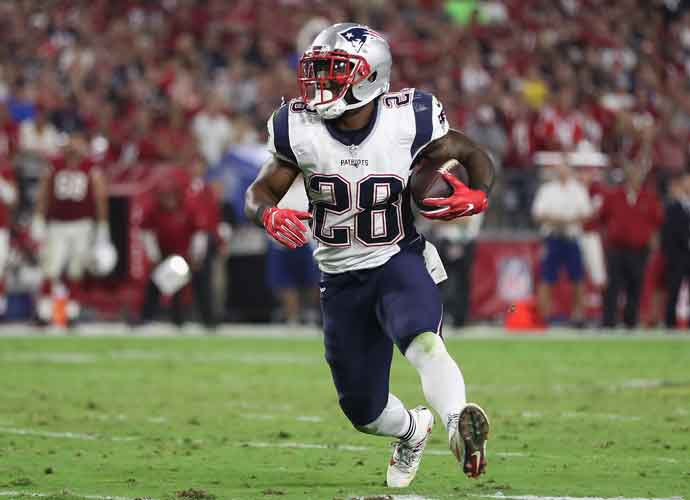NFL Owners Approve Reducing Overtime From 15 To 10 Minutes
NFL team owners on Tuesday approved shortening overtime in preseason and regular season games from 15 to ten minutes during their Spring League Meeting in Chicago.
NFL Owners approve shortening overtime to 10 minutes
The proposal was first presented to owners at the Annual League Meeting in March.
As NFL Network’s Judy Battista noted, the rule change is designed to improve player safety. The league has grown concerned with the number of extra plays teams undergo while playing an entire 15-minute overtime period, particularly when one of the teams has to play its next game during a short week.
The shortening of overtime is also relevant given the NFL’s recent attempts to shorten the overall duration of games by reducing commercial times, among other things, as explained by Roger Goodell earlier this year.
Certain NFL teams were initially concerned the reduced overtime would limit their capacity to control the ball during the extra session, although it seems those worries have subsided for now.
NFL research has demonstrated that this new rule would not lead to more games ending in ties, despite what some may be led to believe. Statistics show that out of 83 overtime games in the past five seasons, 22 have lasted at least ten minute into overtime. (the average time elapsed in overtime in the last five years is 7 minutes, 43 seconds). Five games in total finished in a tie during those five campaigns, one per year on average. If overtime had ended after 10 minutes, there would have been 16 total ties, for an average of 3.2 times over a 512-game season.
However, people like Steven Ruiz of USA Today Sports’ “For The Win” are not convinced. Ruiz seems sure this rule change will lead to more ties.
“This is just common sense: The less time teams have to separate themselves, the more likely we’ll end up with a tied score,” he wrote in an opinion piece on Tuesday. “While ties may cause some confusion for the fans when trying to sort out the playoff picture, seeing more ties isn’t necessarily a bad thing, especially if it leads to a decrease in injuries, which it should theoretically do. If we do get more ties, fans will eventually get used to them and eventually accept them. Soccer fans aren’t complaining.”
Ruiz also cited more conservative play-calling and the reinstatement of game-winning field goals on the opening drive of overtime as two other potential consequences of shortening overtime.
Pro Football Talk’s Michael David Smith also pointed out how the latter of these two possible consequences (the reinstitution of game-winning field goals) was more likely with ten-minute overtime. Smith explained that over the past 18 years, many teams have had drives lasting ten or more minutes. Thus, with the new rule, one team could maintain ball possession for the entire overtime period and score a field goal to win the game, a result that has occurred in most such cases in the past.
“Granted, 10-minute possessions are rare, but they’re not unheard of: According to Pro Football Reference, since 1999 there have been 29 possessions that took 10 or more minutes off the clock and ended in a field goal,” Smith explained. “An additional seven possessions that took 10 or more minutes off the clock ended in a missed field goal.
“There’s never been a 15-minute possession (the longest drive of any kind in the Pro Football Reference database lasted 12:29), so this wasn’t a concern with the longer, 15-minute overtime.”
NFL owners approved several other rule changes at the Spring League Meeting. Among the other new rules implemented is the institution of only one roster reduction deadline. Rosters will now be cut down to 53 players on one given date instead of being shortened from 90 to 75 players.
Another new rule is that each team is now permitted to have two players come off injured reserve rather than just one, as long as both players had been on IR for at least six weeks. Each team would be allowed to have those two players return to games eight weeks after being placed on injured reserve.
There is also a proposed rule change that NFL owners have yet to confirm:
At the Annual League Meeting in March, owners approved banning jumping over the offensive line to block field goals and extra points, and also approved automatic ejections for “egregious hits to the head.”
GLENDALE, AZ – SEPTEMBER 11: Running back James White #28 of the New England Patriots runs with the football against the Arizona Cardinals during the NFL game at the University of Phoenix Stadium on September 11, 2016 in Glendale, Arizona. The Patriots defeated the Cardinals 23-21. (Photo by Christian Petersen/Getty Images)
Get the most-revealing celebrity conversations with the uInterview podcast!






Leave a comment